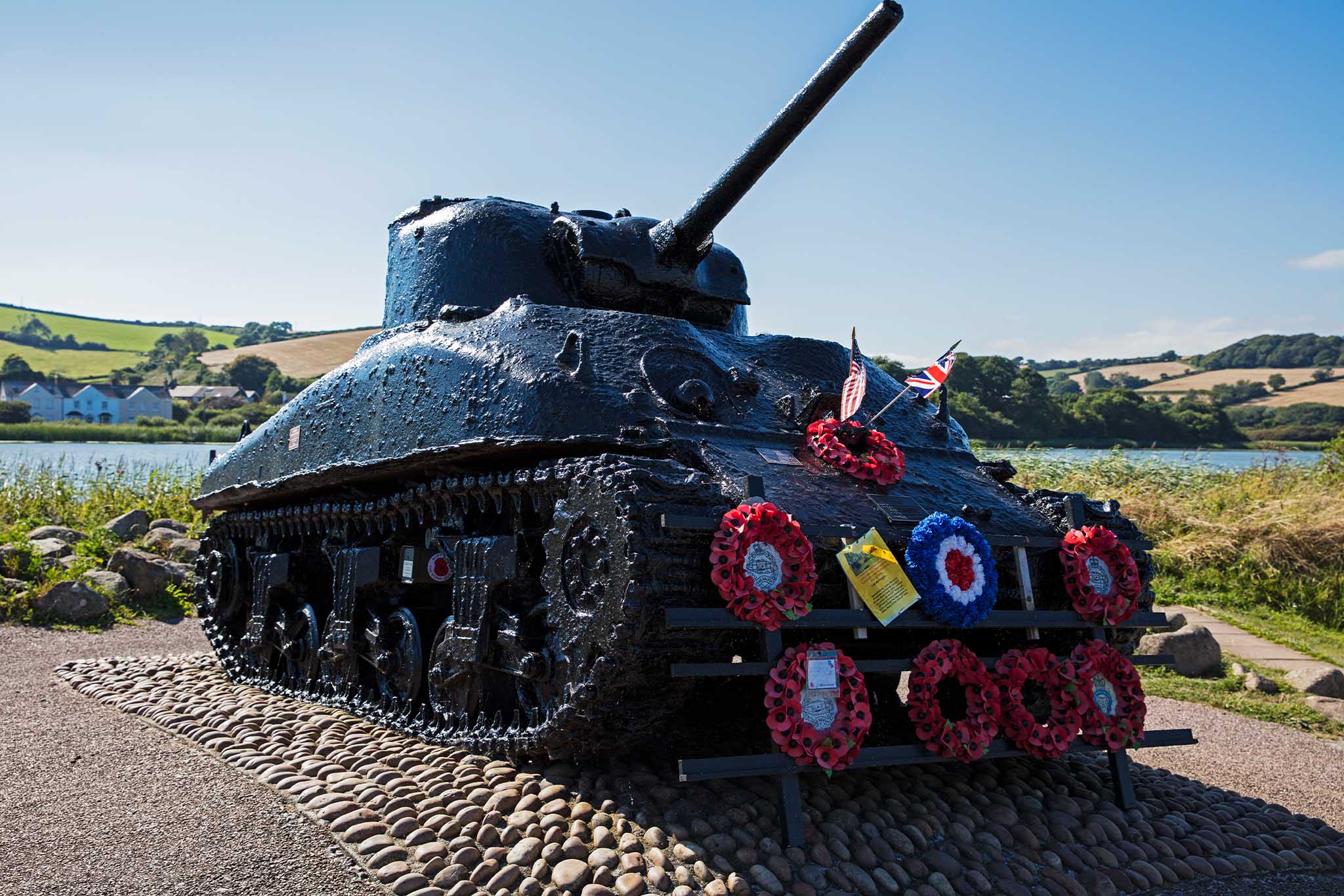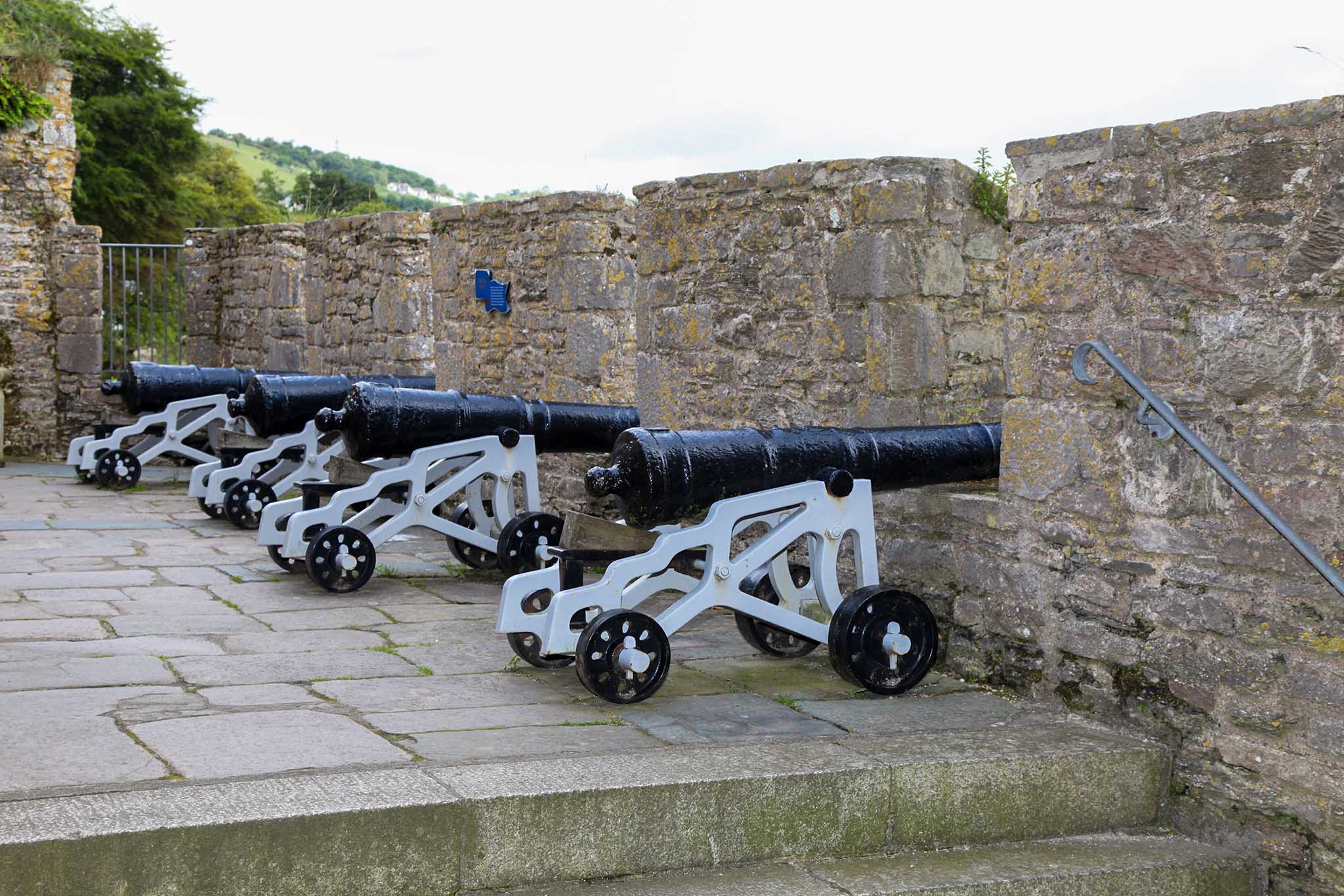History & Heritage
Dartmouth’s History & Heritage may astound you as so much of modern history started here…
History & Heritage
Newcomen Steam Engine:
Dartmouth born inventor Thomas Newcomen invented the world’s first atmospheric steam engine in 1712. The engine was operated by condensing steam drawn into the cylinder, thereby creating a partial vacuum which allowed the atmospheric pressure to push the piston into the cylinder. A working model of this famous invention which brought about the start of the industrial revolution can be seen in the Visitor Centre in Dartmouth.
Dartmouth Castle:
One of the most beautifully located fortresses in England. For over 600 years Dartmouth Castle has guarded the narrow entrance to the Dart Estuary and the busy, vibrant port of Dartmouth. It offers stunning views of the Dart estuary and out to sea and offers a great family day out, whatever the weather. This fascinating complex of defences was begun in 1388 by John Hawley, privateering Mayor of Dartmouth and the prototype of the flamboyant ‘Schipman’ (Shipman) in Chaucer’s Canterbury Tales. About a century later the townsmen added the imposing and well-preserved ‘gun tower’, probably the very first fortification in Britain purpose-built to mount ‘ship-sinking’ heavy cannon. Climb to the top for breathtaking views across the estuary and see how it could be blocked in wartime by a heavy chain stretched between the two shores.

Dartmouth Museum:
Dartmouth Museum is a small but fascinating museum which occupies part of the historic Butterwalk, a terrace of rich merchants’ houses built between 1635 and 1640. Designed to national museum standards, it displays an extensive collection of artefacts, models, paintings and photographs relating to Dartmouth and the surrounding district. The collection is, as you would expect, wide ranging, but there is special attention to the maritime history of the town and its social and physical development. The maritime connection is seen in a fine collection of ship models, some in bottles, in the King’s Room. Elsewhere there are exhibits, a tapestry and video film of the town’s contribution to D-Day in 1944.
Britannia Royal Naval College:
Britannia Royal Naval College sits high on a hill overlooking the beautiful river Dart and known affectionately as the ‘stone frigate on the hill’. Built between 1902 and 1905 to Sir Aston Webb’s design of Bath stone and red brick, this iconic Naval Training establishment continues to be an active part of Dartmouth life. It was here that Her Majesty the Queen first officially met His Royal Highness the Duke of Edinburgh.
Join our expert resident tour guides on a revealing voyage from past glories to the present day. During the tour we will take you into the heart of the college, from the elegant chapel, through to areas including the Quarterdeck, Parade Ground, Senior Gun Room and Britannia Heritage Museum. Private tours are of a more bespoke nature. Preferential rates are awarded to veteran groups, educational establishments and youth groups. Please speak direct with the Britannia Association Office (01803 677565) to discuss your group requirements and appropriate tariff. Information about these tours is also available from the Visitor Centre. Find out more…

Bayards Cove Fort:
This Tudor fort, built by the borough of Dartmouth in the early 16th century contained heavy guns to protect the prosperous harbour town from attack. It was the last line of defence against enemy ships that had eluded Dartmouth and Kingswear castles and the iron chain stretched across the Dart estuary between them. Occupying a terrace, cut from the rocky river bank, Bayard’s Cove Fort is picturesquely sited at the narrowest part of Dartmouth harbour.
D-Day & Exercise Tiger Memorial:
The villages just outside of Dartmouth played an important role in our WWII history, as they were evacuated for secret invasion practice landing for the preparations for D-Day. When you visit Torcross, a lone US Sherman Tank stands to salute the fallen not only to all those who were lost during WWII and D-Day but especially to the 639 US Servicemen who sadly perished during Exercise Tiger on 28th April 1944. You can learn more about this here.
Mayflower Tour:
On August 23rd 1620 the Pilgrim Fathers came into Dartmouth to repair a leak in one of their ships, the Speedwell. By tradition It is accepted that they continued their epic journey from Bayards Cove for the New World about 7 to 8 days later. There is a personal guided tour available which features this remarkable piece of history and run by our very own Town Crier and trained guides. For further information and to book please click here. There is also an exhibit including a short film about Mayflower including a 10ft scale model of the ship in the exhibition hall of the Dartmouth Museum.





